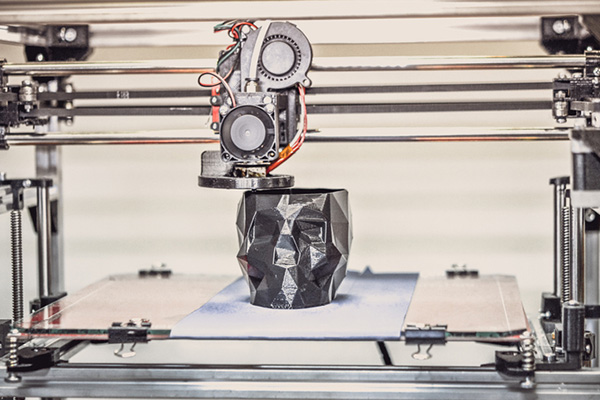Evidence that most leaders don't “get it” is the fact that the top 10% “superstar” companies accrue 80% of the economic value in their industries. Most supply chain leaders don't really understand what's so different about the changes underway thanks to technology, or are simply unable to afford the technology. Whether you call it the Fourth Industrial Revolution or give it some other name, the source of competitive advantage is about to change, and your current strategy is most likely going to kill your business unless you prepare.
Traditional supply chain strategy creates rigidity. Imagine your supply chain as a series of nodes where inventory comes to rest, either because it is stored or it is transformed or it is incorporated into a higher assembly. These nodes are connected by arcs that represent logistics or transportation. Traditional supply chain strategy prescribes lose relationships and supply base reduction, meaning that the arcs become fixed and unchanging. We use ERP and related IT to monitor the processes both within and between the nodes. And the monitoring is based on a few key performance metrics that seldom change. The benefits to these approaches are well-established. Nevertheless, a lot of conventional wisdom is about to be up-ended.
Imagine instead an entire eco-system of interconnected companies across the entire economy. There's seamless information sharing, financial processing, and real-time monitoring that connects frontline customer interactions directly with production no matter how far away. All of this is abetted by algorithms and artificial intelligence that can shift the focus from key performance metrics to whatever metric matters the most for the individual worker or company at a given moment and under individual circumstances. This is also done in real time so that everyone knows right away that, let's say, a truck broke down hours before the shipment fails to arrive, or that a customer five thousand miles away just had a new product arrive in a poorly functioning condition due to a design flaw.
In other words, the fixed arcs in our supply chain are no longer fixed. Supply chains will be able to come together, break apart, change, and adapt in real time. Flexible manufacturing will get a boost from 3D printing, and the end result will be an even greater divide between those companies who do and don't “get” their customers and also have a deep awareness of supplier market capabilities. If you want a primitive glimpse of what the future might look like, check out what Alibaba is doing or the implications of 5G for industry.
SC
MR


Latest Supply Chain News
- Trump picks former Wisconsin congressman Sean Duffy for DOT secretary
- Made in Mexico, manufactured by China
- Retail sales see gains in October, reports Commerce and NRF
- Balancing green and speed: Home delivery insights from the pandemic era
- AdventHealth named top healthcare supply chain by Gartner
- More News
Latest Podcast

 Explore
Explore
Education News
- Looking back at NextGen 2024
- DEI remains a force in business success
- Understanding organized labor’s impact on our supply chain
- The 3 types of cyberattacks affecting global supply chains
- NextGen Supply Chain Conference set for October 21-23
- Penske, NTT Data, CSCMP study finds change still dominates 3PL market
- More Education
Latest Education Resources

Subscribe

Supply Chain Management Review delivers the best industry content.

Editors’ Picks





